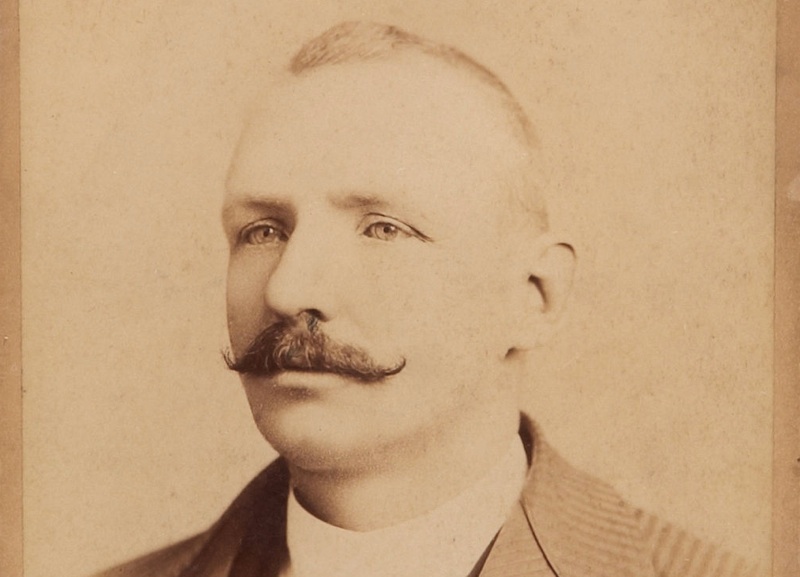Why the Hall of Stats Doesn't Adjust for League Quality (Across Generations)
Mar 4, 2014 by Adam Darowski
Recently, reader Brian Downing (no, not the Angel) wrote in with an incredibly detailed question about a topic I’m frequently asked about. An excerpt:
I’ve had a long-standing belief that older players are overrated. True, they did not have the medical, nutritional, technological, and nicotine-free advantages of current players. But they played in segregated times and the average, or replacement, ballplayer was just not as good.
For example, it is just not feasible that five of the six top first basemen of all time played between 1871 and 1945. But if you simply multiply their final Hall Ratings by the average of the aforementioned adjustment factors of the span of their respective careers, you can calibrate the leaderboard for competitiveness and reveal a much more fair portrait[.]
There’s definitely a reason I don’t include a league quality adjustment in Hall Rating and I wanted to explain why.
First, there are two ways to adjust for league quality.
Across single seasons
I am very interested in adjusting for league quality within a single season, and that’s already (mostly) built into Baseball-Reference’s WAR and WAA (which I use as my primary inputs) through replacement level:
Finally, the leagues are not always equal in their quality levels as evidenced by things like inter-league play and also player performances when shifting leagues. Taking these differences into account assign slightly different multipliers to the leagues, but centered on 20.5 for 162 game seasons and 19 for 154 game seasons. One example of this is the post-war integration. The National League integrated far more quickly than the American League and was a higher quality league until the 1970’s.
Where I think I could do better is with leagues like the Union Association, later American Association, and Federal League—where the replacement level departed a great deal from that of other leagues.
Let’s take Jack Glasscock and his 1884 season as an example. The Union Association only existed in 1884, and Glasscock actually started the season in the National League, giving us an interesting comparison. Glasscock spent his first 72 games in Cleveland where he hit .249/.310/.302 for a 100 wRC+. He then jumped to the Union Association and played with Outlaw Reds for 38 games. He hit .419/.444/.564, good for a 194 OPS+.
Due to his usual strong defense, Glasscock was awarded 2.4 WAR for his time in Cleveland. The average player was (as usual) better than a replacement player in the National League, making Glasscock’s WAA 1.3. In the Union Association, he was worth 2.5 WAR. But because league average level and replacement level were the same in the UA, his WAA is also 2.5. I account for this in Hall Rating by simply omitting all WAA scores from the Union Association. It’s a quick hack, but it stops me from over-inflating Glasscock’s Hall of Fame case—one I spend a lot of time campaigning for. In an ideal world, I’d instead apply some sort of systematic adjustment to Glasscock’s Union Association Hall Rating, knocking it down a certain percentage.
Long story short—I think I can do this better, but it has a relatively small impact on my results since it only effects these “lesser” Major Leagues.
Across generations
I see why people would want to adjust for league quality across generations. They want to say that Albert Pujols is better than Cap Anson because Pujols faced much more difficult competition. And it’s true.
I have no interest in adjusting for this in Hall Rating.
The Hall of Stats is an alternate Hall of Fame. You are admitted to a Hall of Fame because you were better than your peers. The league quality in 2004 should have no effect on the Hall of Fame candidacy of someone like Cap Anson. Never mind the “medical, nutritional, technological, and nicotine-free advantages of current players”, Anson simply did not have the opportunity to play in 2004, so we cannot hold that against him. He obliterated the competition in the top leagues of his day. There was no higher level to play at.
If we populate our Halls of Fame with fewer players from past eras simply because players from our current era would be better head-to-head, we’re asking for trouble. We essentially would never be inducting players because we know they would pale in comparison in future centuries.
Where it could work
I’m not saying this type of quality adjustment isn’t interesting. In fact, I may try it… elsewhere.
One place I could include such an adjustment would be my positional lists. I rank players and call them the “Greatest First Basemen (by Hall Rating),” for example. I stand by this because Hall Rating, by its very nature, is a comparison to peers. Do my rankings imply that Honus Wagner in a time machine would still be better than Cal Ripken Jr.? Or even Jose Reyes? I don’t think so.
Of course, if I did adjust for league quality on the position lists and nowhere else, it’d be inconsistent and I’m a crazy man about consistency. So the only place I could think of doing it is perhaps some sort of article with a special visual or some adjusted lists.
Perhaps I’ll do that, but I feel very strongly about not incorporating league quality adjustments (across generations) into Hall Rating.